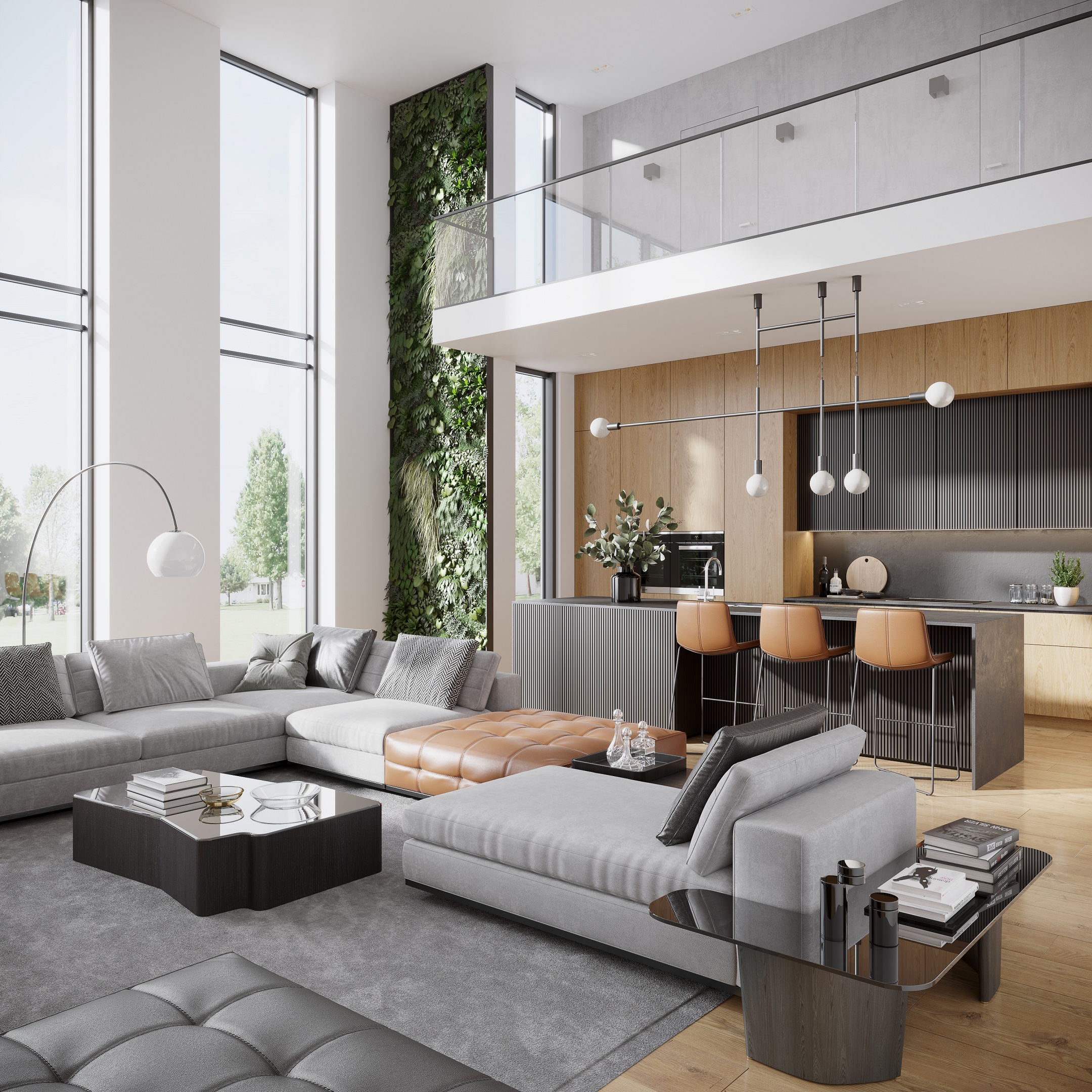2d to 3d rendering is the process of converting 2d images into 3d models. This can be done for a variety of purposes, such as creating 3d models for video games, movies, or other graphics-intensive applications. 2d to 3d rendering is a complex process that requires specialised software and hardware. However, there are a few general steps that are common to all 2d to 3d rendering processes. In this blog post, we will explore the basics of 2d to 3d rendering and some of the common challenges involved in the process. We will also provide tips on how to overcome these challenges and create high-quality 3d models.
What is 2d to 3d rendering?
2D to 3D rendering is the process of transforming 2D images into 3D models. This can be done using a variety of software programs, but the most common is Autodesk Maya.

Maya is a powerful 3D modelling and animation software that enables artists to create highly detailed 3D models. In order to render a 2D image into a 3D model, Maya first needs to convert the image into a three-dimensional object. This is done by tracing the contours of the image and then creating a wireframe model from this information.
Once the wireframe model has been created, Maya can then begin to add detail to the model. This includes adding textures, lighting, and materials. The goal of this process is to create a 3D model that looks as realistic as possible.
2D to 3D rendering can be used for a variety of purposes, including creating video games, movies, and architectural visualisations.
The benefits of 3d rendering
The benefits of 3D rendering include:
- Increased accuracy and detail in the final product.
- The ability to visualise the project before it is built.
- Greater flexibility in design changes during the course of the project.
- A more efficient use of time and resources.
- Reduced costs associated with mistakes and errors in the construction process.

The different types of 3d rendering
There are two main types of 3D rendering: real-time rendering and offline rendering. Real-time rendering is used in interactive applications such as video games, while offline rendering is used for movies, TV shows, and other non-interactive applications.
Real-time rendering is typically faster and more efficient than offline rendering, but it doesn’t produce the same level of quality. Offline rendering can take a long time to finish, but it produces much higher-quality results.
The type of 3D rendering you use will depend on your needs. If you need high-quality results and don’t mind waiting for them, offline rendering is the way to go. But if you need fast results and can’t afford to wait, real-time rendering is your best bet.
How to choose the right company for 2d to 3d rendering
When looking for a company to do your 2D to 3D rendering, there are a few things you should keep in mind. First, you want to make sure that the company has experience in the field. Second, you want to be sure that they have a good reputation. Finally, you want to be sure that they are able to meet your deadlines.
If you keep these things in mind, you should be able to find a company that can provide you with the services you need.
2D to 3D rendering is a process of converting two-dimensional images into three-dimensional models. This can be done by using software that can create 3D models from 2D images or by using hardware that can create 3D models from 2D images.
The advantage of using software to do your rendering is that it is much faster and easier to use than hardware. However, the disadvantage is that it is not as accurate as hardware.

The advantage of using hardware to do your rendering is that it is much more accurate than software. However, the disadvantage is that it is much slower and more difficult to use.
When looking for a company to do your rendering, you should keep these things in mind. First, you want to make sure that the company has experience in the field. Second, you want to be sure that they have a good reputation. Finally, you want to be sure that they are able to meet your deadlines.
Conclusion
2D to 3D rendering can be a great way to add depth and realism to your images. However, it is important to remember that this process can be time-consuming and require a lot of patience. If you are not willing to put in the time and effort, then 2D to 3D rendering may not be right for you.





